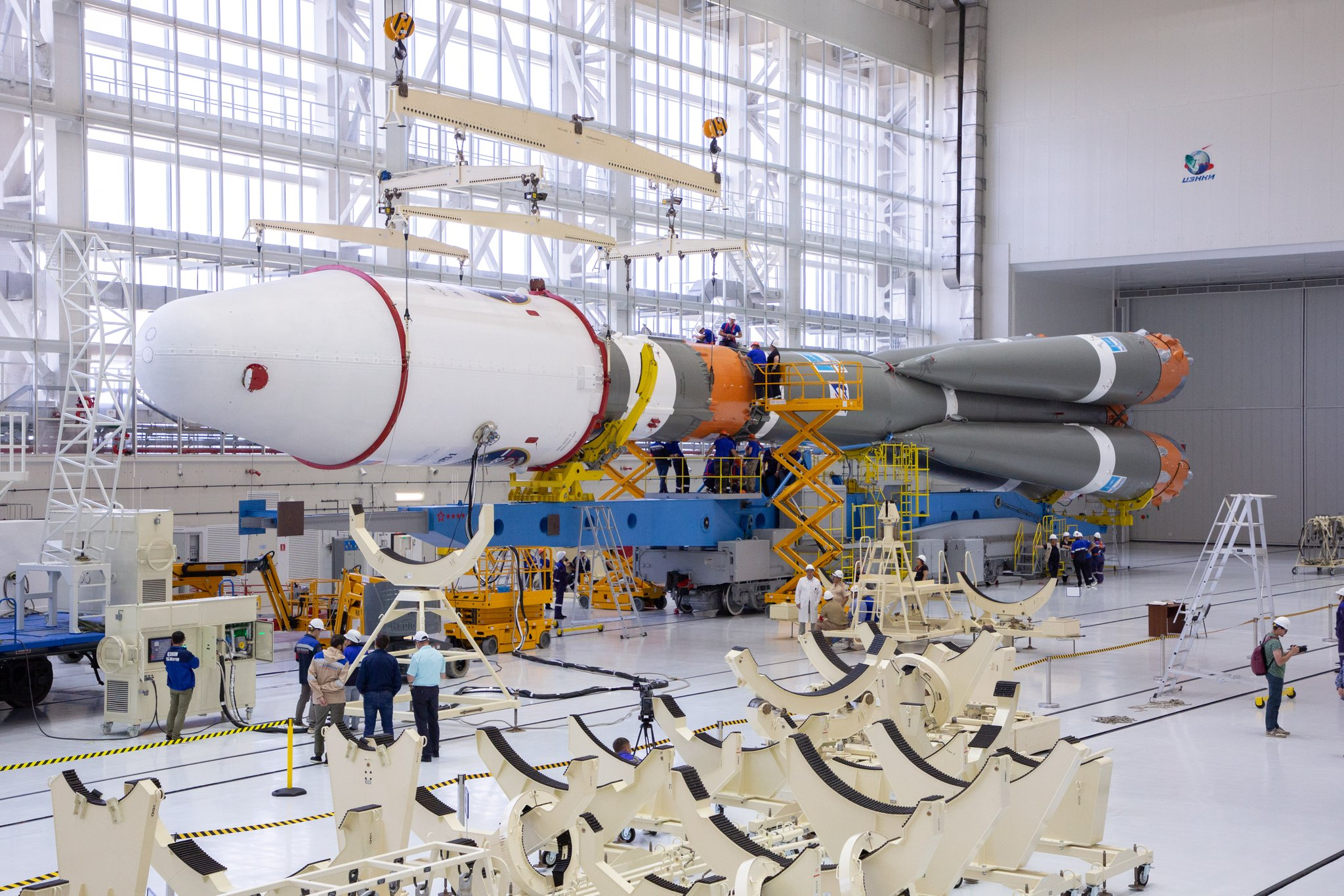On the 10th of August 2023 at 23:10 UTC, Russia launched Luna 25 towards the Moon, its first since 1976. Luna 25 was launched atop a Soyuz 2.1b from the Vostochny Cosmodrome in Russia's far east. Roscosmos hopes that the Lunar lander will touchdown on the Moon before the end of the month.
Luna 25 is a Russian Lunar lander that plans to land at the Boguslavsky crater at the south pole of the Moon. The lander weighs 1,750 kilograms and has 30 kilograms of science payloads. The science instruments of the spacecraft are; ADRON-LR for active neutron and gamma-ray analysis of regolith, ARIES-L for measurement of plasma in the exosphere, LASMA-LR for laser mass spectrometry, LIS-TV-RPM for infrared spectrometry of minerals and imaging, PmL for measurement of dust and micro-meteorites, THERMO-L for measurement of the thermal properties of regolith, STS-L for panoramic and local imaging, a Laser retroreflector for Moon libration and ranging experiments, and BUNI for power and science data support. Upon landing Roscosmos hopes to have the lander operate for one year on the surface of the Moon.

What is the Soyuz 2.1b?
The Soyuz 2.1b is a variant of the Soyuz 2, which is a modernized version of the Soviet Soyuz rocket, with an upgraded engine, the RD-0124, which increases the payload capacity to 8200 kilograms from 7000 kilograms. The Soyuz 2 rocket it comes from also has a series of upgrades and improvements over the Soviet Soyuz such as digital flight control and telemetry systems and uprated engines on the core stages and boosters. The Soyuz 2.1 features four boosters attached to the core and are lit at the same as the core, the boosters run out of fuel first and split off in the famous Korolev cross when jettisoning. After the core runs out the second stage will carry the spacecraft into orbit. However, it is commonly flown with an upper stage on top to increase performance to higher orbits. The first stage, boosters, and second stage all burn kerosene and liquid oxygen to power their rocket engines. So far the Soyuz 2 rocket family has launched one hundred and sixty-one times with one hundred and fifty-four success.






